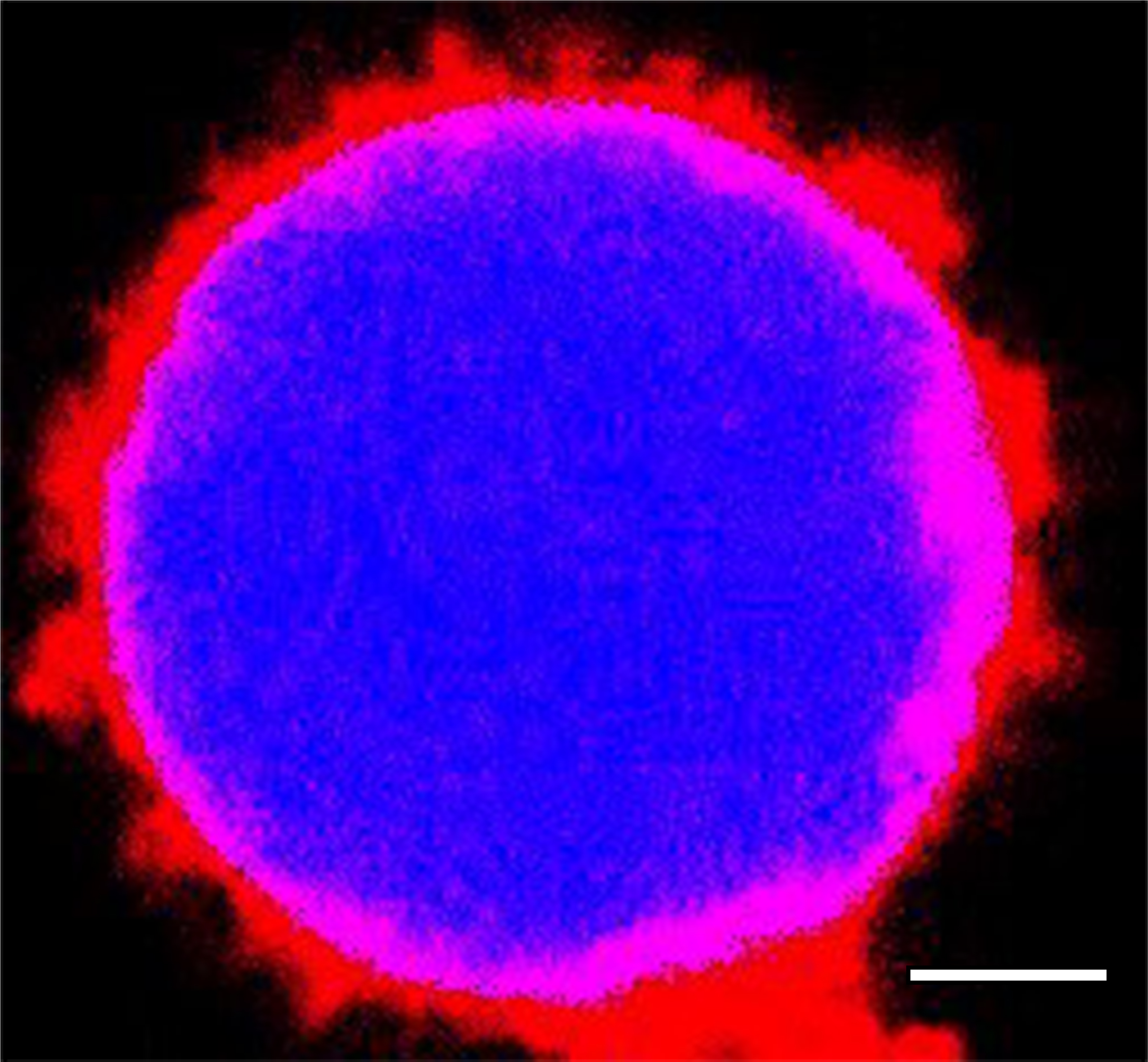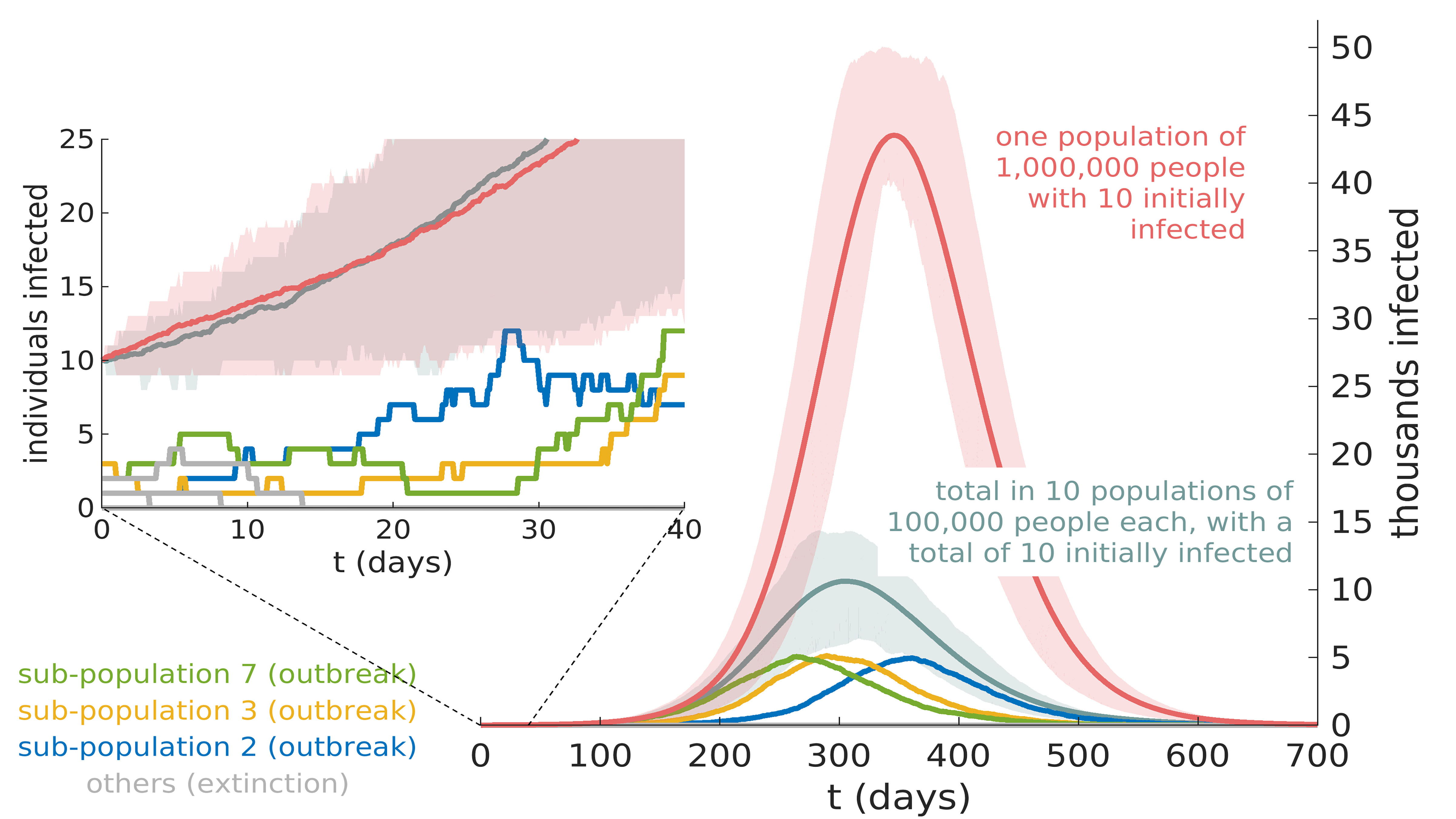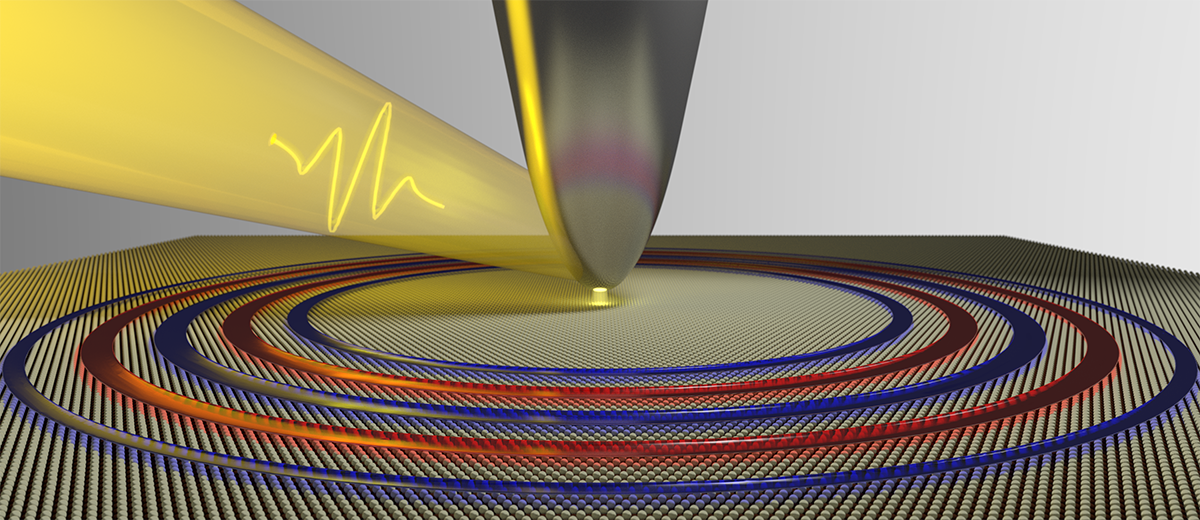A University of Bristol-led team of international scientists with an interest in protoliving technologies, has today published research which paves the way to building new semi-autonomous devices with potential applications in miniaturized soft robotics, microscale sensing and bioengineering.
Tag: Max Planck Institute
Protocells spring into action
A University of Bristol-led team of international scientists with an interest in protoliving technologies, has today published research which paves the way to building new semi-autonomous devices with potential applications in miniaturized soft robotics, microscale sensing and bioengineering.

Biofriendly protocells pump up blood vessels
In a new study published today in Nature Chemistry, Professor Stephen Mann and Dr Mei Li from Bristol’s School of Chemistry, together with Associate Professor Jianbo Liu and colleagues at Hunan University and Central South University in China, prepared synthetic protocells coated in red blood cell fragments for use as nitric oxide generating bio-bots within blood vessels.

Random Effects Key to Containing Epidemics
To control an epidemic, authorities will often impose varying degrees of lockdown. In the journal Chaos, scientists have discovered, using mathematics and computer simulations, why dividing a large population into multiple subpopulations that do not intermix can help contain outbreaks without imposing contact restrictions within those local communities. When infection numbers are high, random effects can be ignored. But subdividing a population can create communities so small that the random effects matter.

Making Quantum ‘Waves’ in Ultrathin Materials
A team of researchers co-led by Berkeley Lab has observed unusually long-lived wavelike electrons called “plasmons” in a new class of electronically conducting material. Plasmons are very important for determining the optical and electronic properties of metals.